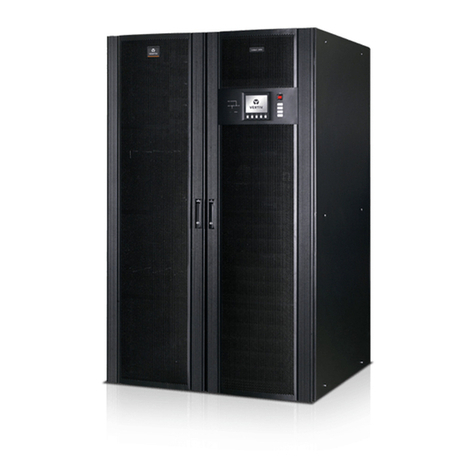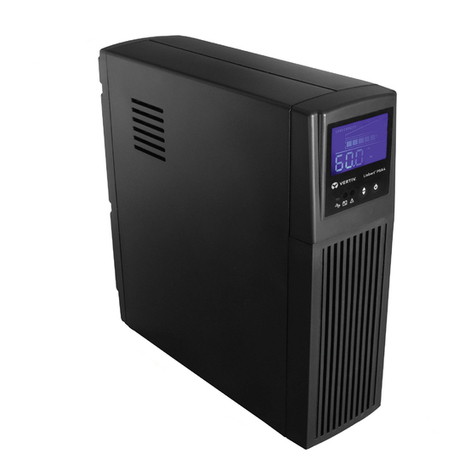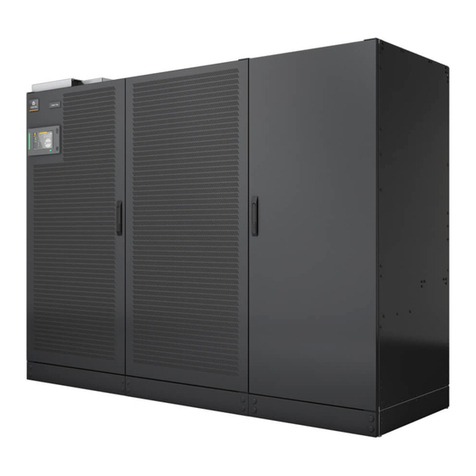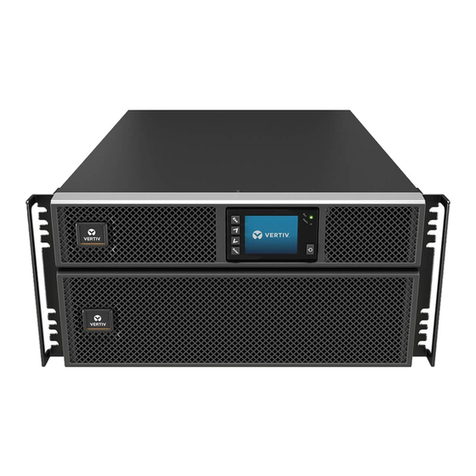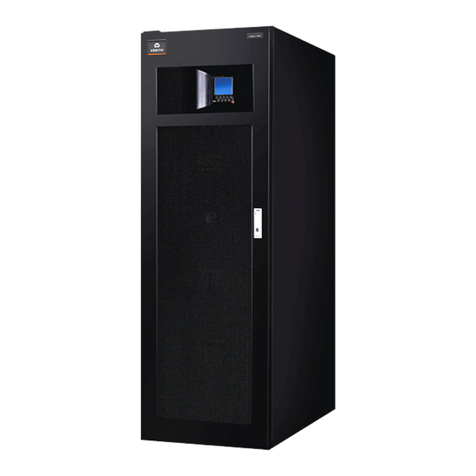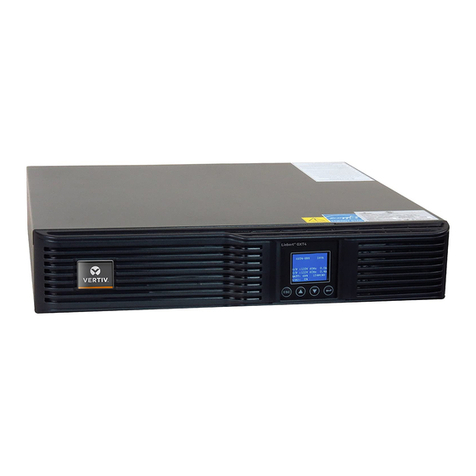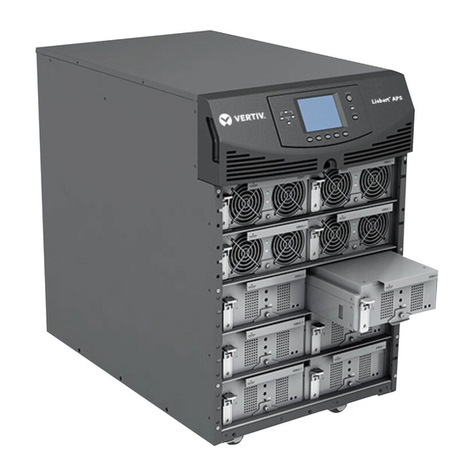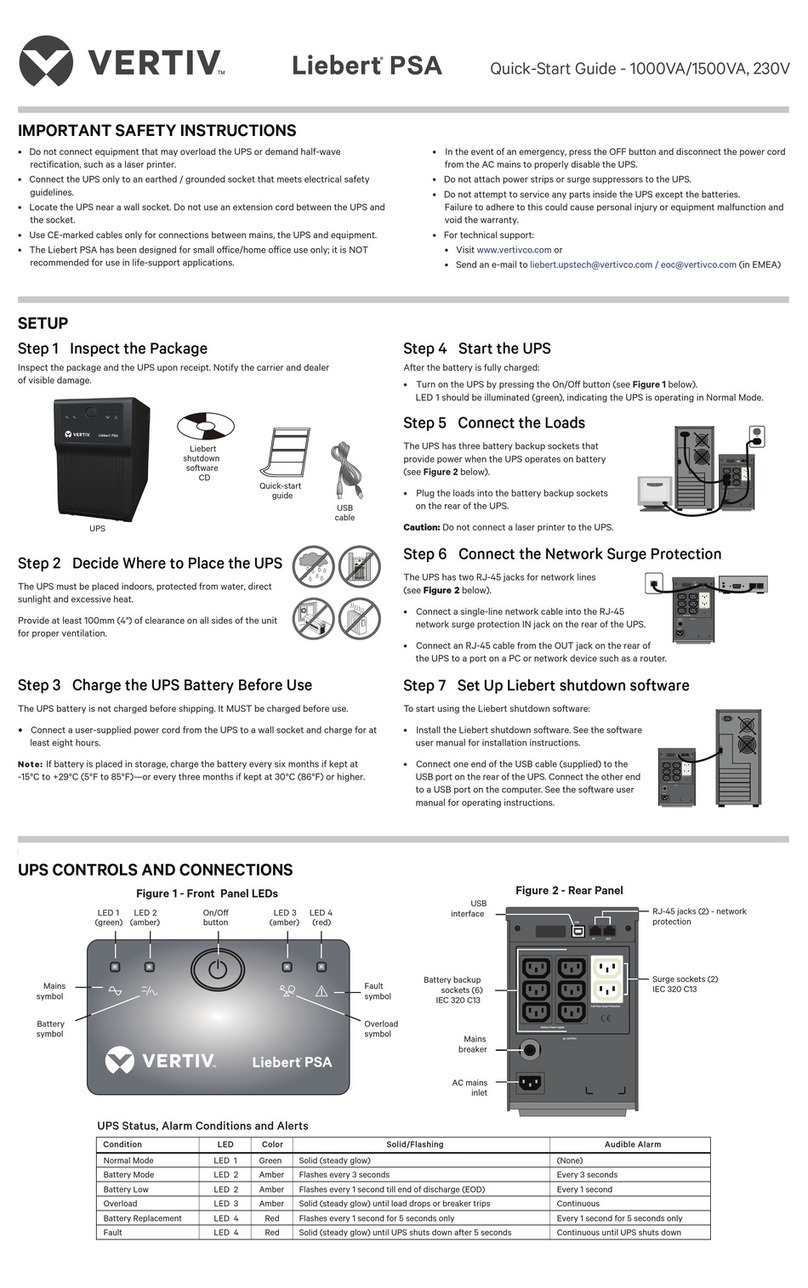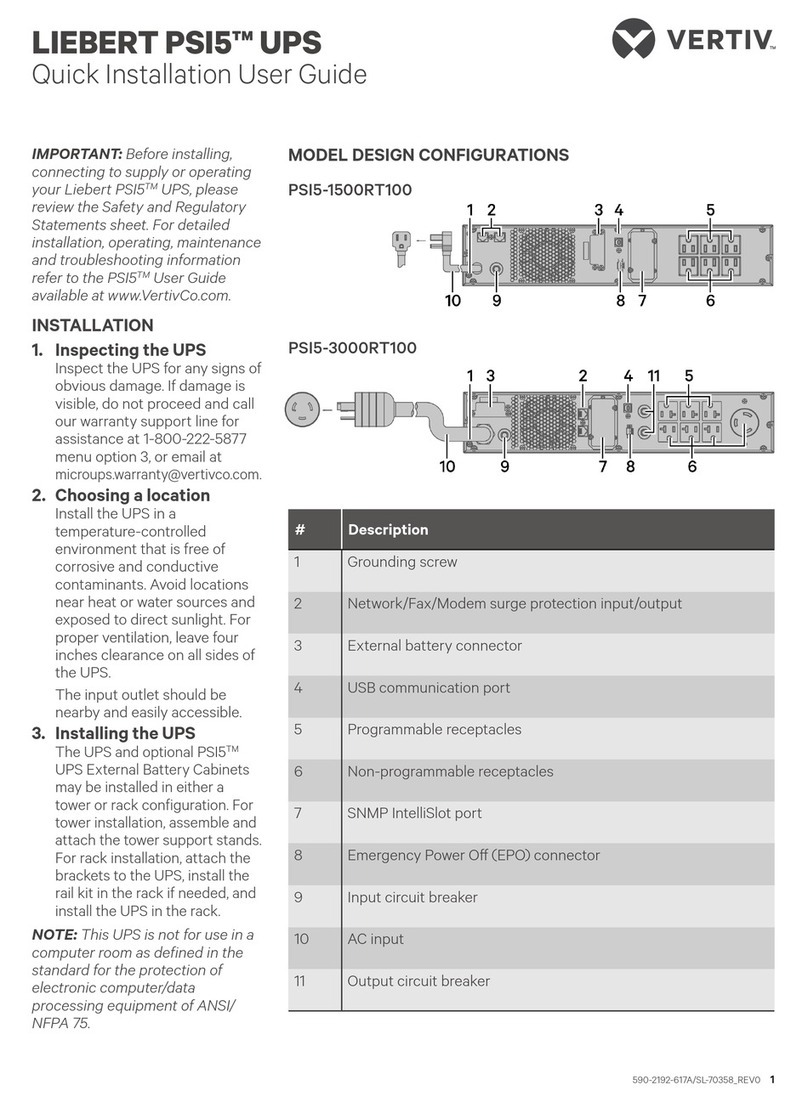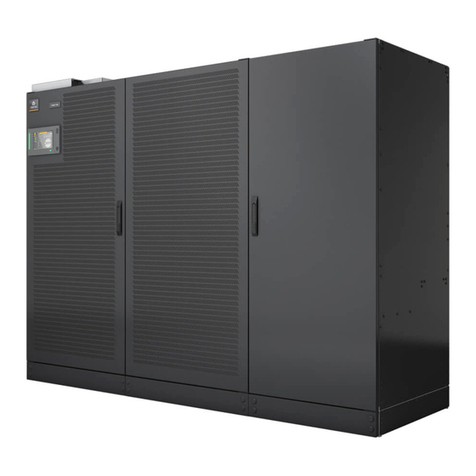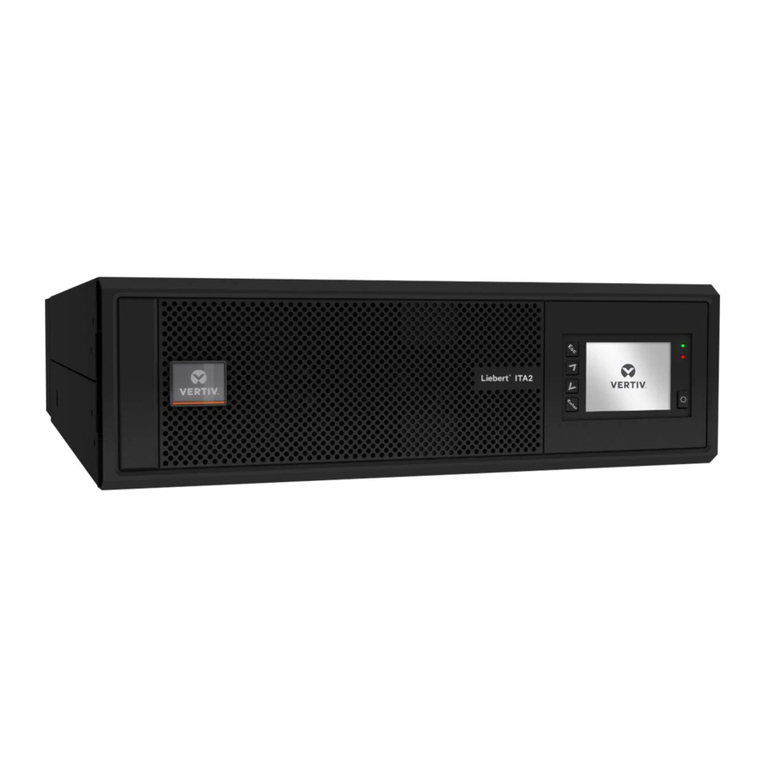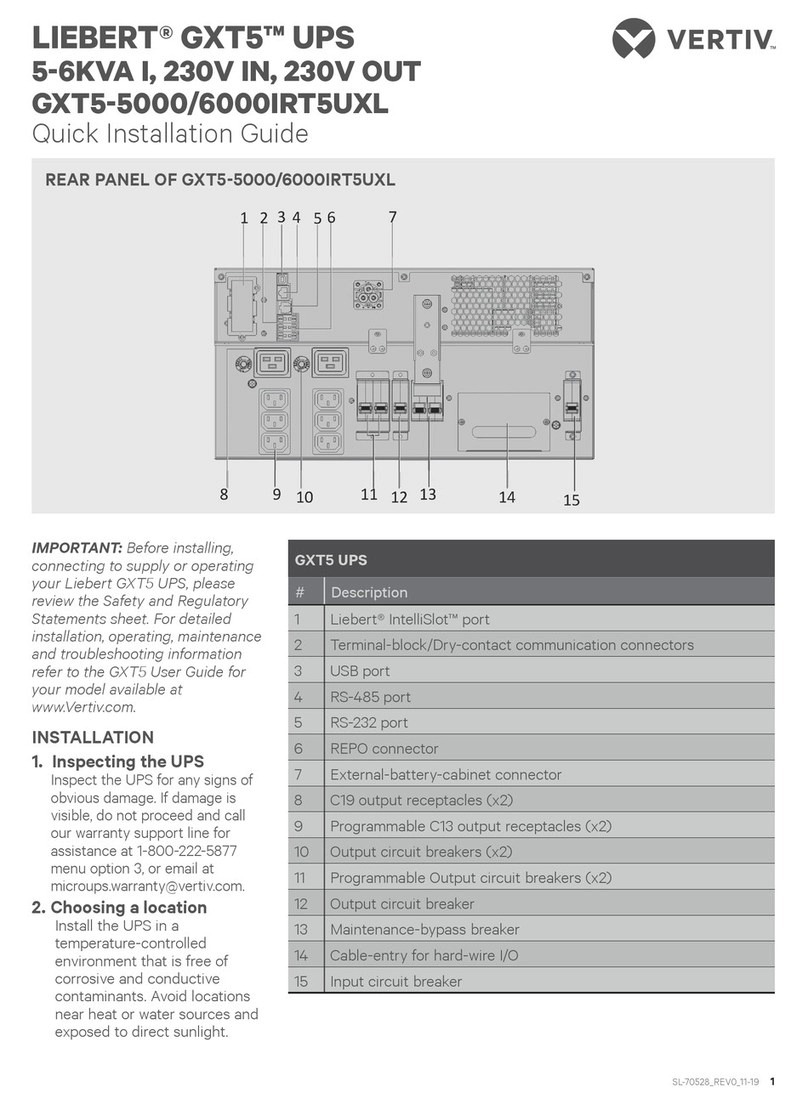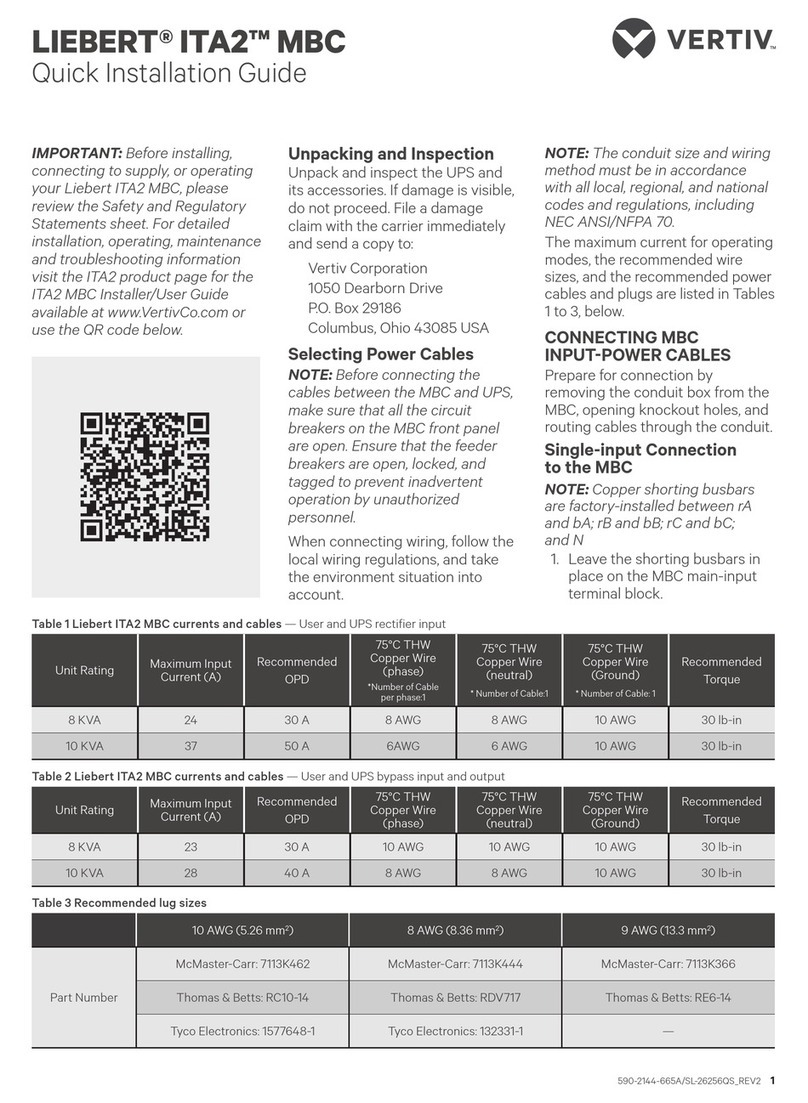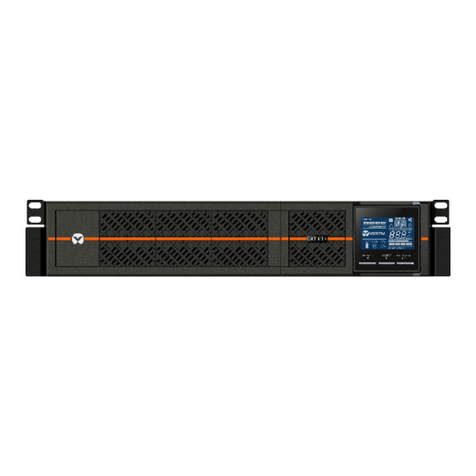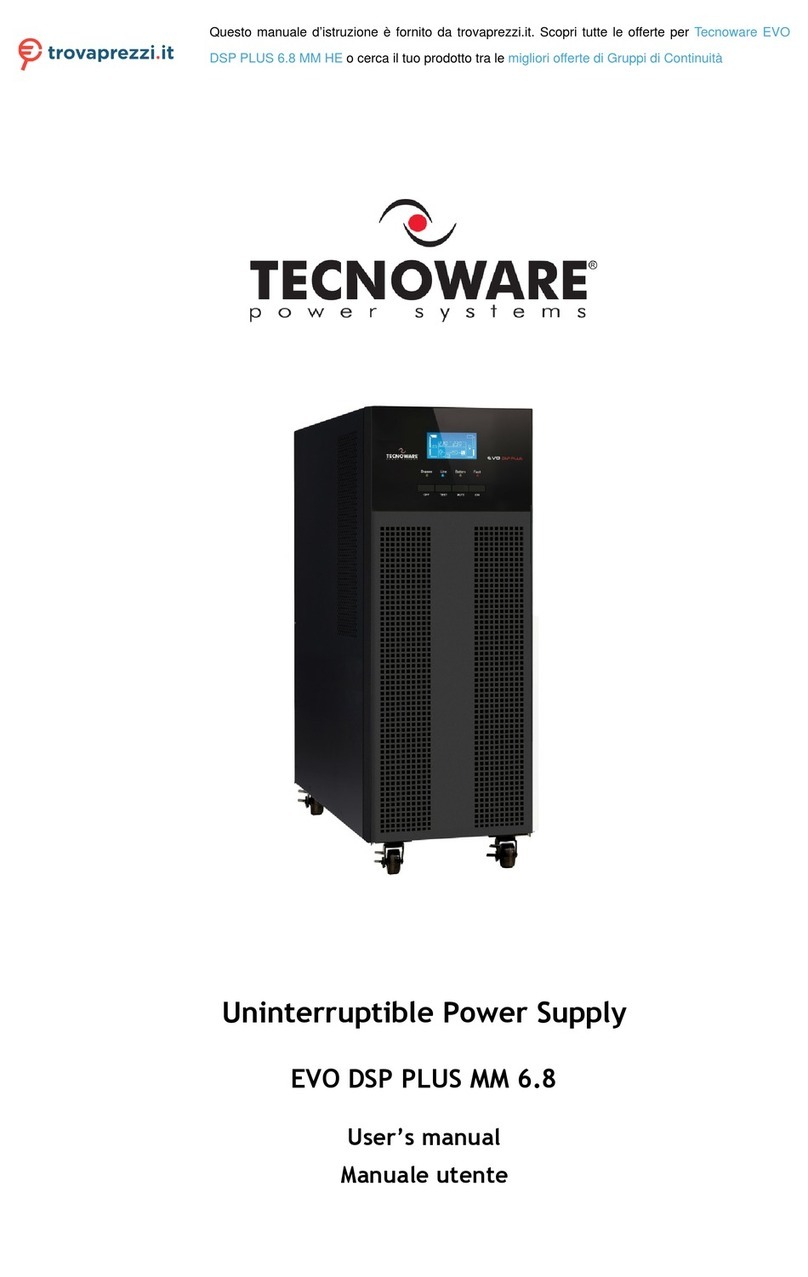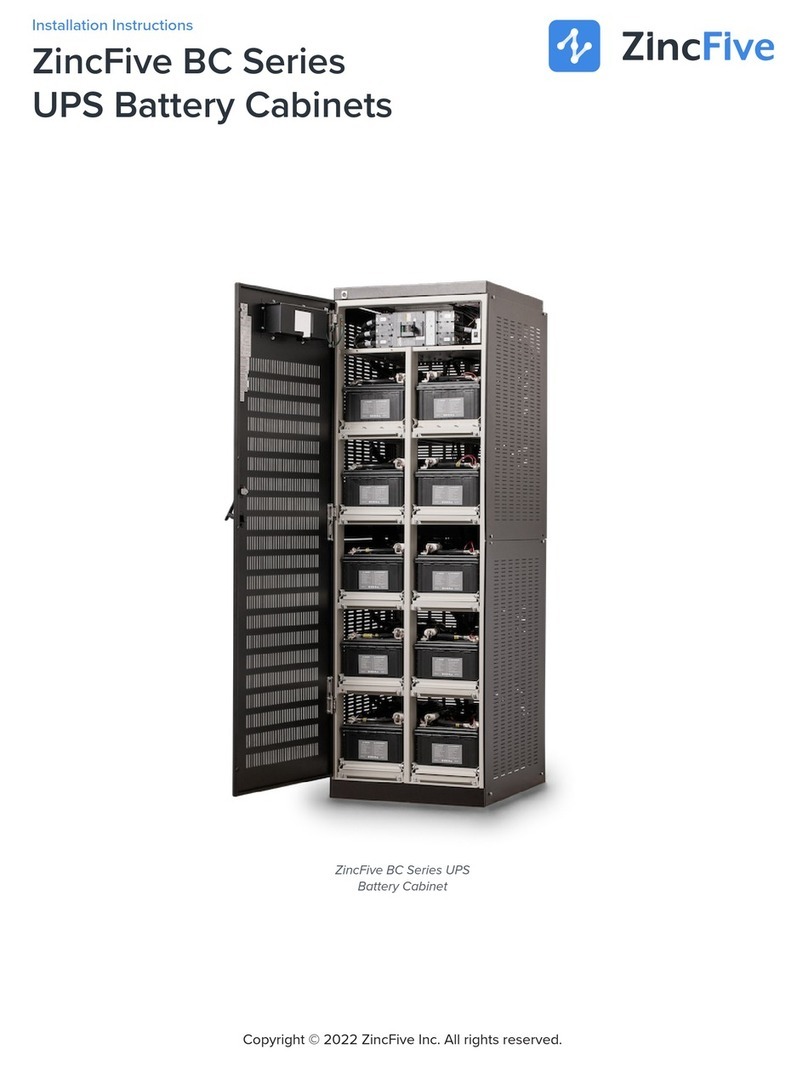
1 Important Safety Instructions
Personnel Safety
1. This product must be installed and commissioned by professional engineers of the manufacturer or its
authorized agent. Failure to observe could result in product malfunction or personal safety risk.
2. Take the time to read this product manual and the safety precaution thoroughly before installing and
commissioning this product. Failure to observe could result in product malfunction or personnel safety risk.
3. This product is not intended for life support equipment application.
4. Never dispose of the internal or external battery of this product in fire, as it may explode and jeopardize
personnel safety when exposed to flame.
Product Safety
1. If this product will be stored or remain de-energized for a long period, it must be placed in a dry and clean
environment within specified temperature range.
2. This product should be used in an appropriate operating environment. For details, refer to the section on the
environmental requirement in this manual.
3. This product is not designed for application in an environment:
•Where the temperature and relative humidity are outside the specifications
•Subjected to vibrations or shocks
•Where conductive dusts, corrosive gases, salts, or flammable gases are present
•Near heat sources or strong electromagnetic interferences.
Disclaimer
Vertiv disclaims any and all responsibility or liability for the defects or malfunction caused by:
•Application range or operating environment outside the specifications.
•Unauthorized modification, improper installation or operation.
•Force majeure.
•Other actions not in compliance with the instructions in this manual.
Safety Precaution
This manual contains information concerning the installation and operation of the Vertiv™ Liebert® EXM2 100kVA to 250kVA
UPS.
Read this manual thoroughly before installing, using and servicing the UPS.
IMPORTANT! The UPS with standard configuration is a category C3 product for commercial and industrial application
in the second environment. Installation restrictions or additional measures may be needed to prevent disturbances.
IMPORTANT! The UPS adding C2 EMC option based on the standard configuration is a category C2 product for a
residential environment or commercial and industrial application in the second environment.
Conformity and standards
This product conforms to the following European directives and UK Regulations:
1 Important Safety Instructions Proprietary and Confidential ©2023 Vertiv Group Corp. 1
Vertiv™ Liebert® EXM2 UPS User Manual
